Same Idea, Different Paint Brush
Publikováno: 1.10.2025
Naturally, everything looks like code when I'm staring at a blank canvas. That's whether the canvas is paper, a screen, some Figma artboard, or what have you.
Same Idea, Different Paint Brush originally published on CSS-Tricks, which is part of the DigitalOcean family. You should get the newsletter.
There’s the idiom that says everything looks like a nail when all you have is a hammer. I also like the one about worms in horseradish seeing the world as horseradish.
That’s what it felt like for me as I worked on music for an album of covers I released yesterday.
I was raised by my mother, a former high school art teacher (and a gifted artist in her own right), who exposed me to a lot of different tools and materials for painting and drawing. I’m convinced that’s what pointed me in the direction of web development, even though we’re talking years before the internet of AOL and 56K dial-up modems. And just as there’s art and craft to producing a creative 2D visual on paper with wet paint on a brush, there’s a level of art and craft to designing user interfaces that are written in code.
You might even say there’s a poetry to code, just as there’s code to writing poetry.
I’ve been painting with code for 20 years. HTML, CSS, JavaScript, and friends are my medium, and I’ve created a bunch of works since then. I know my mom made a bunch of artistic works in her 25+ years teaching and studying art. In a sense, we’re both artists using a different brush to produce works in different mediums.
Naturally, everything looks like code when I’m staring at a blank canvas. That’s whether the canvas is paper, a screen, some Figma artboard, or what have you. Code is my horseradish and I’ve been marinating in this horseradish ocean for quite a while.
This is what’s challenging to me about performing and producing an album of music. The work is done in a different medium. The brush is no longer code (though it can be) but sounds, be them vibrations that come from a physical instrument or digital waves that come from a programmed beat or sample.
There are parallels between painting with code and painting with sound, and it is mostly a matter of approach. The concepts, tasks, and challenges are the same, but the brush and canvas are totally different.
What’s in your stack?
Sound is no different than the web when it comes to choosing the right tools to do the work. Just as you need a stack of technical tools to produce a website or app, you will need technical tools to capture and produce sounds, and the decision affects how that work happens.
For example, my development environment might include an editor app for writing code, a virtual server to see my work locally, GitHub for version control and collaboration, some build process that compiles and deploys my code, and a host that serves the final product to everyone on the web to see.
Making music? I have recording software, microphones, gobs of guitars, and an audio interface that connects them together so that the physical sounds I make are captured and converted to digital sound waves. And, of course, I need a distributor to serve the music to be heard by others just as a host would serve code to be rendered as webpages.
Can your website’s technical stack be as simple as writing HTML in a plain text editor and manually uploading the file to a hosting service via FTP? Of course! Your album’s technical stack can just as easily be a boombox with a built in mic and recording. Be as indie or punk as you want!
Either way, you’ve gotta establish a working environment to do the work, and that environment requires you to make decisions that affect the way you work, be it code, music, or painting for that matter. Personalize your process and make it joyful.
It’s the “Recording Experience” (EX) to what we think of as Developer Experience (DX).
What’re you painting on?
If you’re painting, it could be paper. But what kind of paper? Is college-rule cool or do you need something more substantial with heavier card stock? You’re going to want something that supports the type of paint you’re using, whether it’s oil, water, acrylic… or lead? That wouldn’t be good.
On the web, you’re most often painting on a screen that measures its space in pixel units. Screens are different than paper because they’re not limited by physical constraints. Sure, the hardware may pose a constraint as far as how large a certain screen can be. But the scene itself is limitless where we can scroll to any portion of it that is not in the current frame. But please, avoid AJAX-based infinite scrolling patterns in your work for everyone’s sake.
I’m also painting music on a screen that’s as infinite as the canvas of a webpage. My recording software simply shows me a timeline and I paint sound on top of time, often layering multiple sounds at the same point in time — sound pictures, if you will.
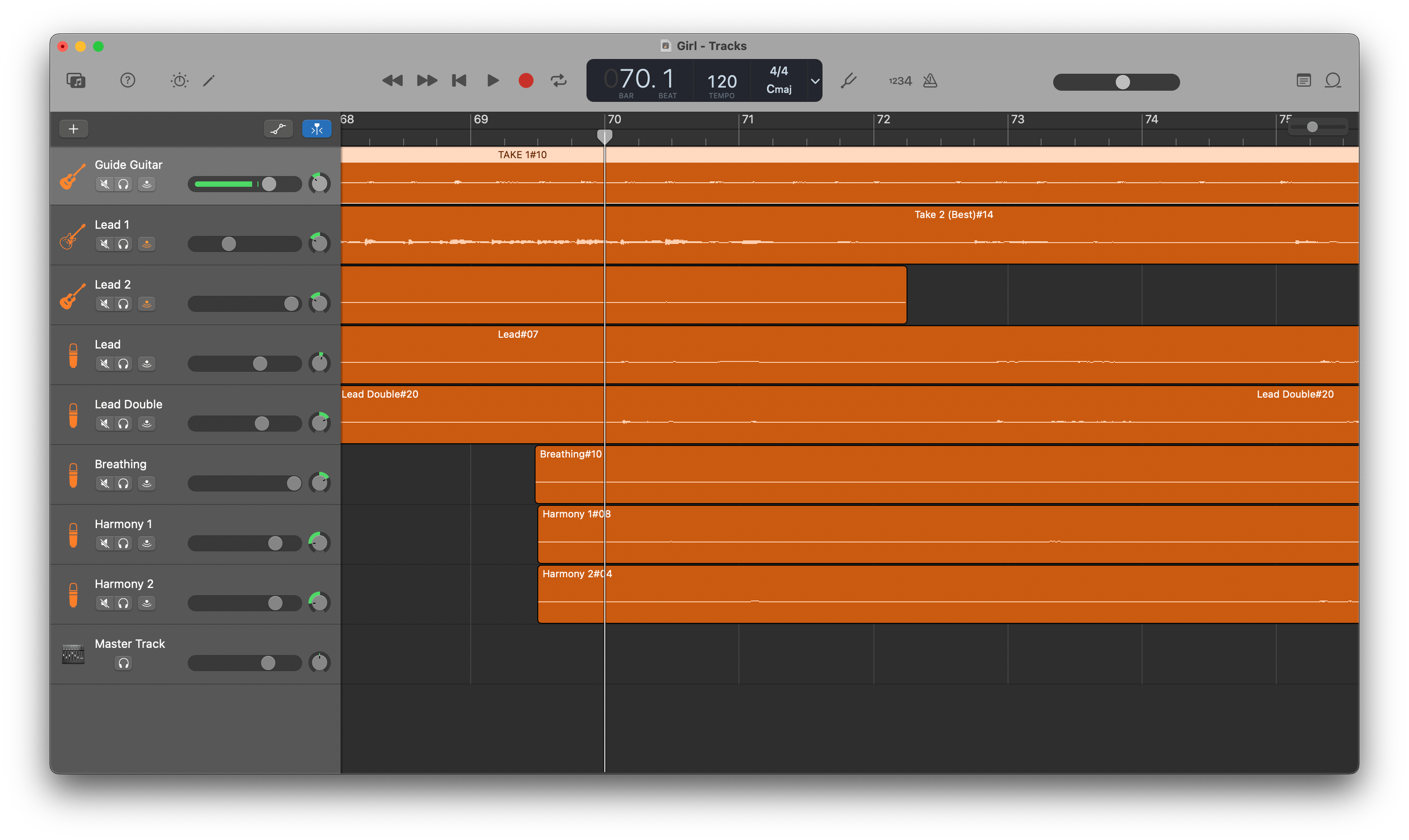
That’s simply one way to look at it. In some apps, it’s possible to view the canvas as movements that hold buckets of sound samples.
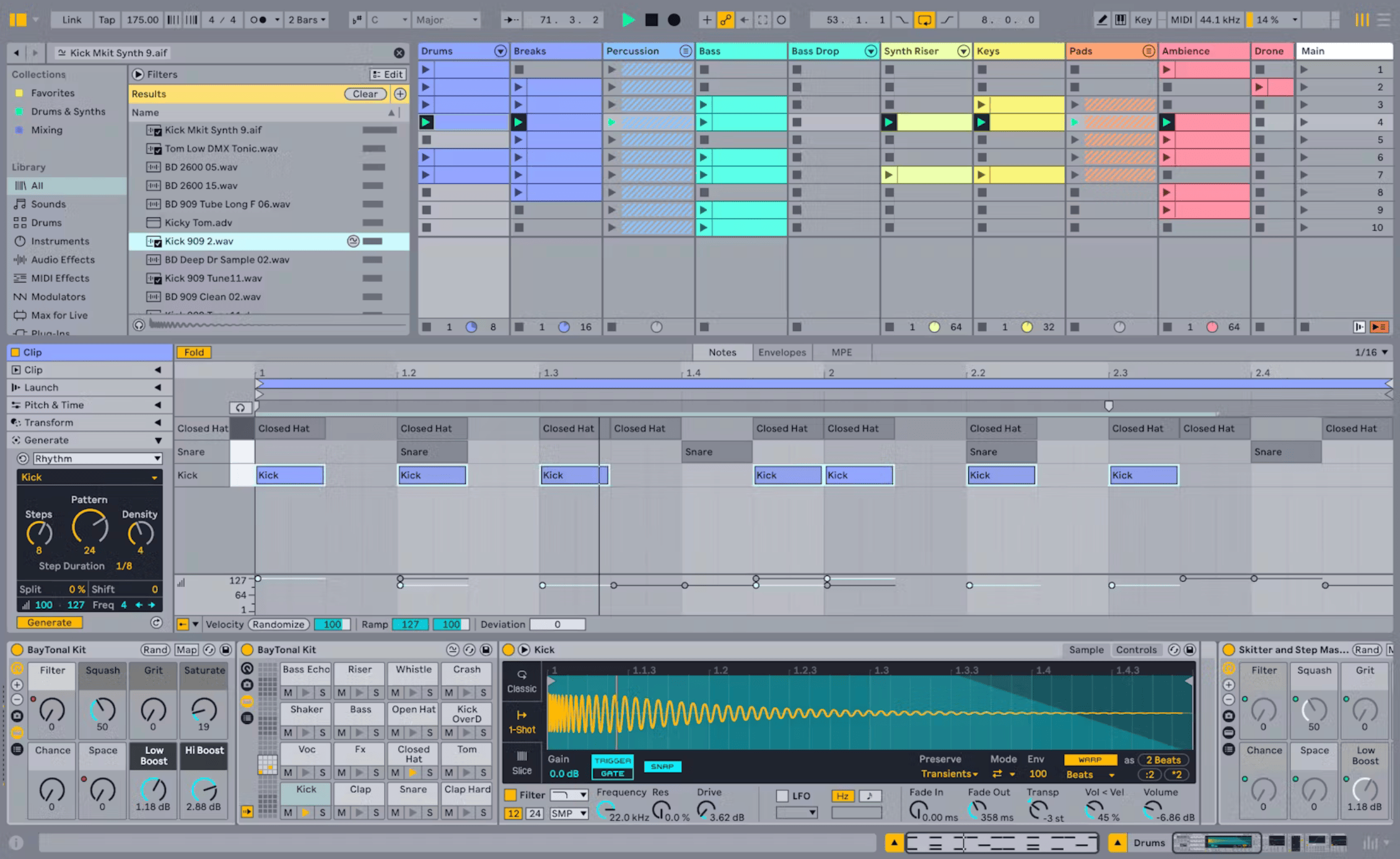
Same thing with code. Authoring code is as likely to happen in a code editor you type into as it is to happen with a point-and-click setup in a visual interface that doesn’t require touching any code at all (Dreamweaver, anyone?). Heck, the kids are even “vibe” coding now without any awareness of how the code actually comes together. Or maybe you’re super low-fi and like to sketch your code before sitting behind a keyboard.
How’re people using it?
Web developers be like all obsessed with how their work looks on whatever device someone is using. I know you know what I’m talking about because you not only resize browsers to check responsiveness but probably also have tried opening your site (and others!) on a slew of different devices.
⚠️ Auto-playing media

It’s no different with sound. I’ve listened to each song I’ve recorded countless times because the way they sound varies from speaker to speaker. There’s one song in particular that I nearly scrapped because I struggled to get it sounding good on my AirPods Max headphones that are bass-ier than your typical speaker. I couldn’t handle the striking difference between that and a different output source that might be more widely used, like car speakers.
Will anyone actually listen to that song on a pair of AirPods Max headphones? Probably not. Then again, I don’t know if anyone is viewing my sites on some screen built into their fridge or washing machine, but you don’t see me rushing out to test that. I certainly do try to look at the sites I make on as many devices as possible to make sure nothing is completely busted.
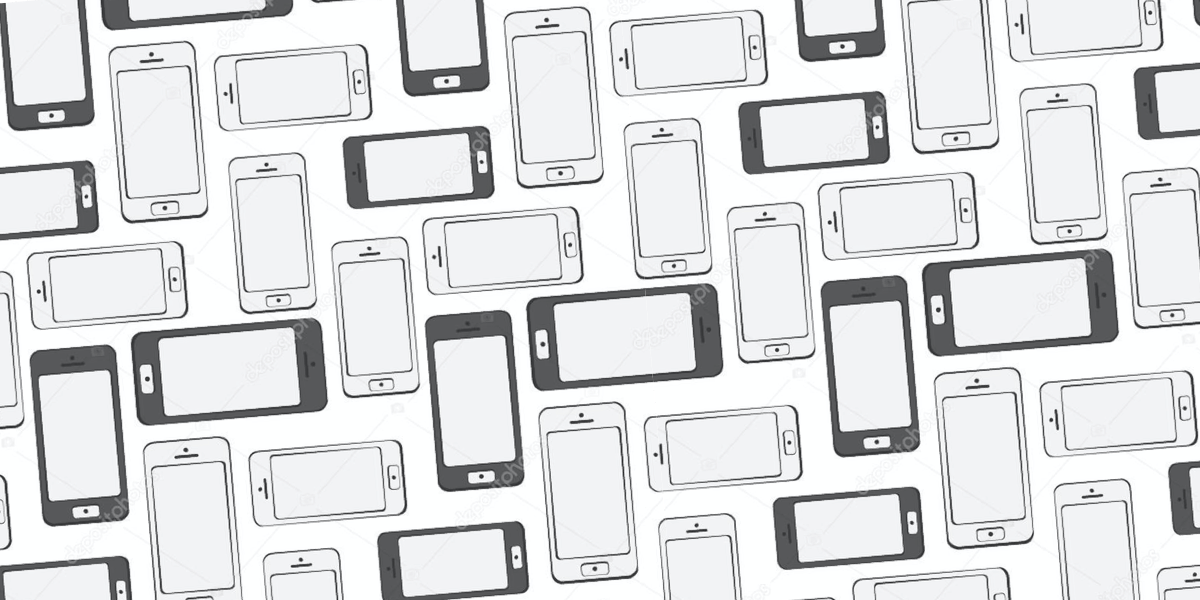
You can’t control what device someone uses to look at a website. You can’t control what speakers someone uses to listen to music. There’s a level of user experience and quality assurance that both fields share. There’s a whole other layer about accessibility and inclusive design that fits here as well.
There is one big difference: The cringe of listening to your own voice. I never feel personally attached to the websites I make, but listening to my sounds takes a certain level of vulnerability and humility that I have to cope with.
The creative process
I mentioned it earlier, but I think the way music is created shares a lot of overlap with how websites are generally built.
For example, a song rarely (if ever) comes fully formed. Most accounts I read of musicians discussing their creative process talk about the “magic” of a melody in which it pretty much falls in the writer’s lap. It often starts as the germ of an idea and it might take minutes, days, weeks, months, or even years to develop it into a comprehensive piece of work. I keep my phone’s Voice Memos app at the ready so that I’m able to quickly “sketch” ideas that strike me in the moment. It might simply be something I hum into the phone. It could be strumming a few chords on the guitar that sound really nice together. Whatever it is, I like to think of those recordings as little low-fidelity sketches, not totally unlike sketching website layouts and content blocks with paper and pencil.
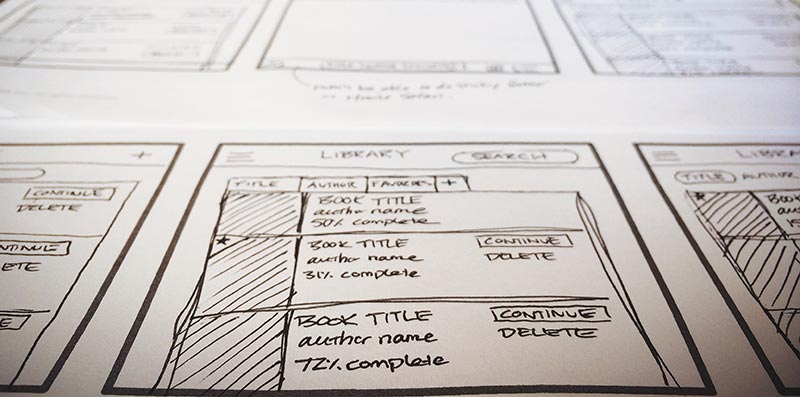
It’s go time!
And, of course, there’s what you do when it’s time to release your work. I’m waist-deep in this part of the music and I can most definitely say that shipping an album has as many moving parts, if not more, than deploying a website. But they both require a lot of steps and dependencies that complicate the process. It’s no exaggeration that I’m more confused and lost about music publishing and distribution than I ever felt learning about publishing and deploying websites.
It’s perfectly understandable that someone might get lost when hosting a website. There’s so many ways to go about it, and the “right” way is shrouded in the cloak of “it depends” based on what you’re trying to accomplish.
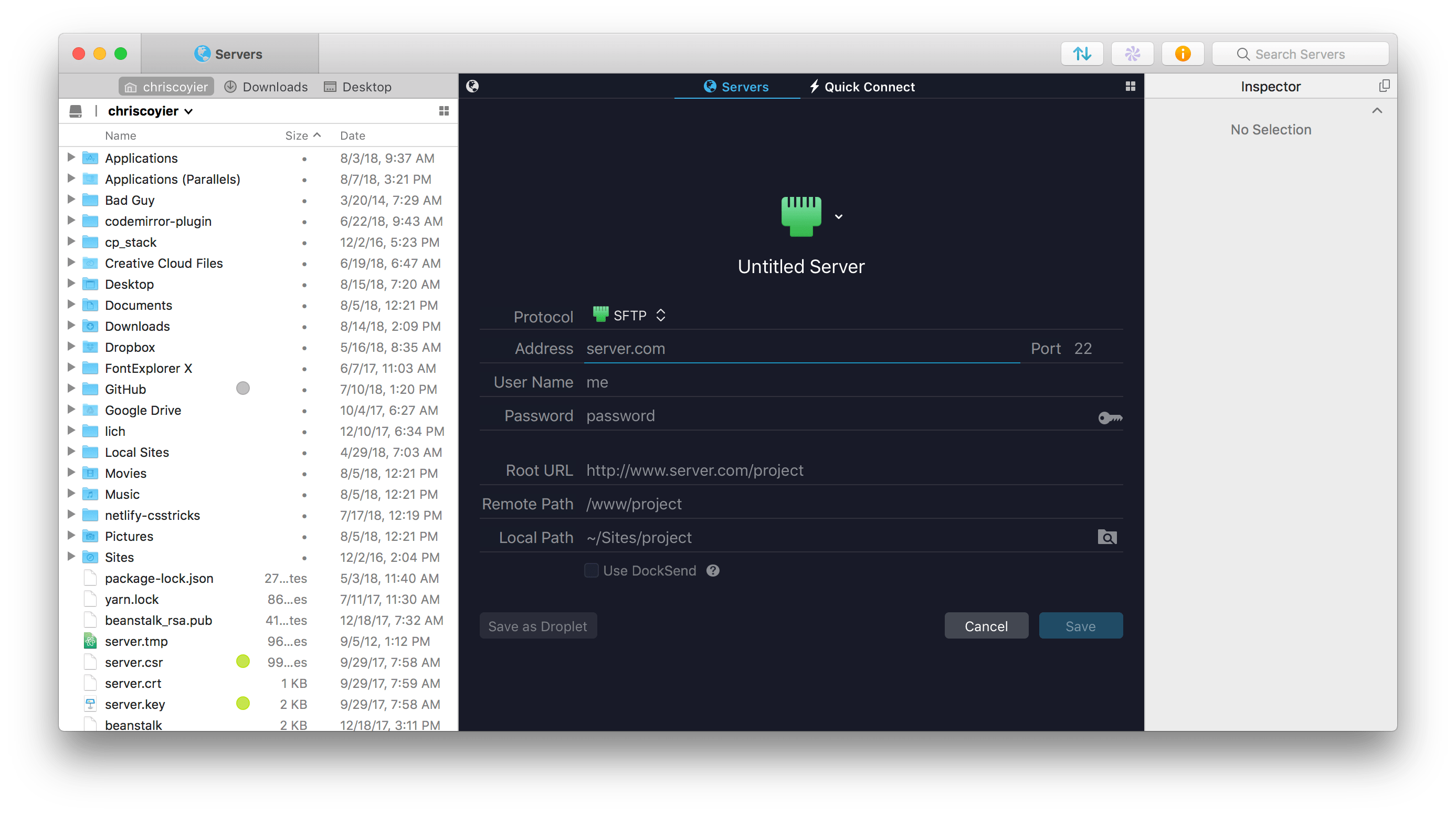
Well, same goes for music, apparently. I’ve signed up for a professional rights organization that establishes me as the owner of the recordings, very similar to how I need to register myself as the owner of a particular web domain. On top of that, I’ve enlisted the help of a distributor to make the songs available for anyone to hear and it is exactly the same concept as needing a host to distribute your website over the wire.
I just wish I could programmatically push changes to my music catalog. Uploading and configuring the content for an album release reminds me so much of manually uploading hosted files with FTP. Nothing wrong with that, of course, but it’s certainly an opportunity to improve the developer recording experience.
So, what?
I guess what triggered this post is the realization that I’ve been in a self-made rut. Not a bad one, mind you, but more like being run by an automated script programmed to run efficiently in one direction. Working on a music project forced me into a new context where my development environment and paint brush of code are way less effective than what I need to get the job done.
It’s sort of like breaking out of the grid. My layout has been pretty fixed for some time and I’m drawing new grid tracks that open my imagination up to a whole new way of work that’s been right in front of me the entire time, but drowned in my horseradish ocean. There’s so much we can learn from other disciplines, be it music, painting, engineering, architecture, working on cars… turns out front-end development is like a lot of other things.
So, what’s your horseradish and what helps you look past it?
Same Idea, Different Paint Brush originally published on CSS-Tricks, which is part of the DigitalOcean family. You should get the newsletter.